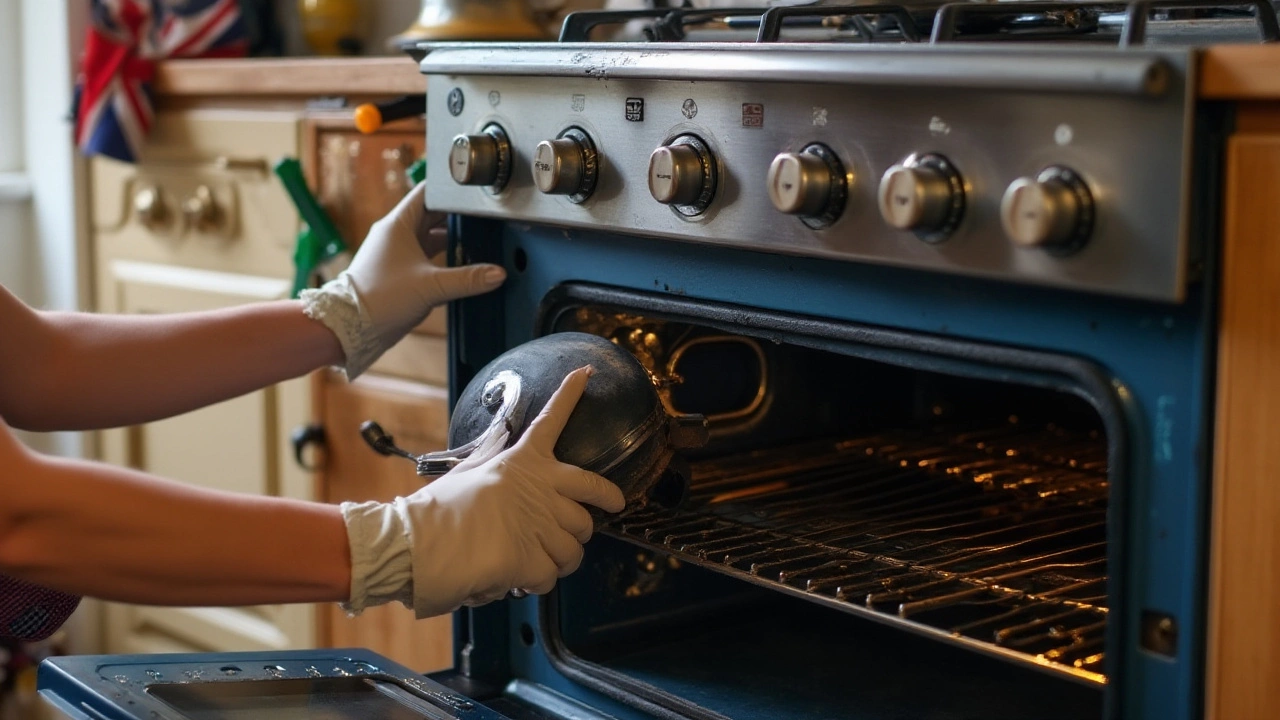Electrical safety tips you can use right now
When you’re dealing with a broken electric hob, a finicky oven, or any appliance that draws power, the first thing to think about is safety. A quick check before you start can save you from shocks, burns, or costly damage.
Turn off the power and double‑check
Never assume the appliance is dead just because you switched it off. Go to the circuit breaker and flip the relevant switch. If you’re not sure which breaker controls the kitchen, turn off the main switch. After that, use a non‑contact voltage tester to confirm there’s no live current. It’s a cheap tool that beeps if voltage is present, and it works on sockets, wires, and component terminals.
While you’re at it, unplug the appliance if it has a plug. Even hard‑wired devices can retain charge in capacitors, so the breaker method is the safest backup.
Use the right tools and protect yourself
Insulated screwdrivers, pliers, and wire cutters keep you from becoming a live wire yourself. Keep a pair of rubber‑gripped gloves handy, especially if you’re working near water (think dishwasher or washing‑machine connections). Don’t wear metal jewelry that could slip onto a live part.
If you need to open a panel, note how the wires are connected. Take a quick photo with your phone – it’s easier than trying to remember colours later. Label each wire with masking tape and a marker before you disconnect anything.When you’re dealing with a heating element on an electric hob or oven, make sure the element is completely cool. A hot element can burn you, and the metal can still conduct electricity if the power isn’t fully off.
Once the repair is done, double‑check your work: look for loose screws, stray wires, or any signs of wear. Replace any frayed cords – they’re a common cause of short circuits.
Finally, turn the breaker back on and test the appliance. If it still behaves oddly, shut it down again and call a professional. Knowing when to stop is a key part of electrical safety.
By following these simple steps – cutting power, using insulated tools, and keeping a clear record of connections – you can tackle most DIY appliance fixes without risking your safety. When in doubt, call a qualified electrician and let them handle the high‑risk jobs.
DIY Guide: How to Replace Your Oven Heating Element
0 Comments
Replacing an oven element might seem daunting, but it can be a manageable task for a DIY enthusiast. With the right tools, preparation, and safety precautions, you can save money and time by doing it yourself. This article offers practical steps and tips to guide you through the process, ensuring you make your kitchen functional again efficiently and safely.
Read More